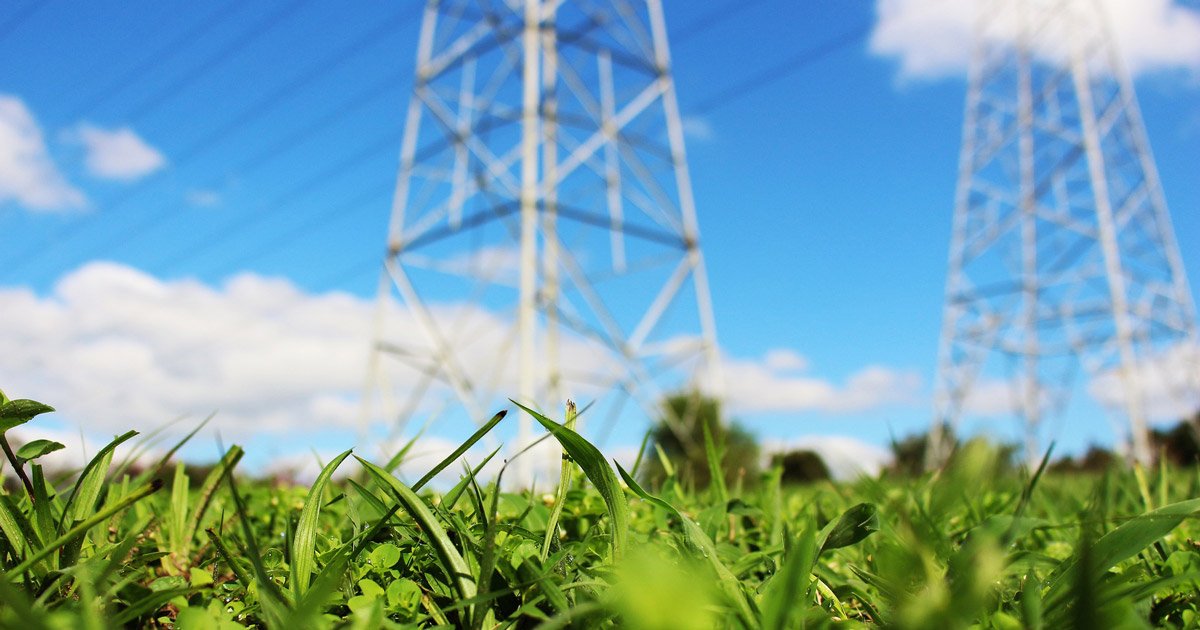Renewable Energy Zones and Best Planning Practices

We need to establish best planning practices for energy transmission infrastructure
The Andrew’s Government should halt the ongoing construction of overhead transmission infrastructure and consider viable alternatives that are more sensitive to rural communities and the environment.
The State Government of Victoria's Renewable Energy Zones Development Plan needs to establish apply best planning practices and consider social, economic and environmental impacts in the transmission of all renewable energy across the state of Victoria.
The need for an effective and efficient transmission network to transfer energy generated in renewable energy zones to the State power grid is recognised but it is fundamental the impacts on environment and community be considered as part of the RIT-T process. All transmission projects should be required to comprehensively consider social and environmental factors and investigate underground transmission alternatives to ensure communities are not adversely impacted and the environment is protected and preserved.
A Shift from fossil fuel requires new regulatory framework and use of modern technology
Victoria’s shift from fossil fuelled power to renewable energy has sparked heated debate about the future of the state’s Renewable Energy Zones (REZs). The Victorian Government has increased the Victorian Renewable Energy Target (VRET) to 50 per cent by 2030. Meeting the VRET targets will bring forward significant investment in new renewable energy projects in Victoria but this will not be possible without large scale, cross-country connections.
The push-back from community, concerned about the impact of overhead renewable energy transmission signals a new challenge for Renewable Energy Zones in Victoria – a battle that, largely, will have to be fought by network companies who will require a Social Licence to Operate.
Rural communities across Victoria are united against the unacceptable impacts of overhead transmission infrastructure: altering landscape character, causing widespread damage to critical habitat for threatened species, increasing fire risk to wildlife habitats and thousands of residents, destroying visual amenity, harming local agriculture, associated businesses, and reducing property values.
For many impacted communities, overhead transmission signals failure of best planning practices, failure to propose viable alternative underground HVDC solutions and the avoidance of genuine multi-sector consultation on the REZ Development Plan. Much environmental vandalism and visual pollution has been wrought in the name of electricity transmission and until now network regulators and operators have rarely been held to account. Overhead transmission lines are incompatible with our obligations for the protection of the environment and net benefit to all stakeholders, not just energy consumers.
For projects delivered utilizing underground HVDC, the straight-line distance is not critical, therefore undergrounding can use existing easements and rights of way along roads and highways. This avoids or minimises cumulate environmental effects, costs to the economy, disbenefits to communities, speeds up project delivery and reduces cost over the life of the project.
With rapid evolution in technology, integration of HVDC into existing networks provides a range of additional advantages such as improving the stability of the existing power networks and facilitating the integration of renewable energy.
Undergrounding HVDC reduces the overall level of risk to communities and the environment by:
- eliminating the risk of damage and costly power outages from extreme weather. (A freak storm event in late January 2020 knocked six transmission towers to the ground and damaged a seventh just north of the town of Cressy in Western Victoria)
- reducing the risk of high voltage lines starting bushfires, and avoids power having to be switched off during bushfires
- minimising interference with agricultural and farming operations
- minimising impact on property values
- maintaining amenity of landscape and views
- lessening economic impact on developments and future tourism business opportunities.
Transmission is a key and often the most complicated part of the energy infrastructure puzzle. The current regulatory framework assesses ISP projects according to their technical and economic merit over a 20-year planning horizon to guide governments, industry and consumers on the investments needed for an affordable, secure, sustainable and reliable energy future. This framework does not currently fully consider the social and environmental factors that underpin social licence. The framework policy must change and delivery should not be fast-tracked simply to meet Victoria's renewable energy targets (VRETs).
The bid to find the best and most economically feasible solution to accommodate multiple major new renewable energy projects while considering competing values and trade-offs should be a major focus for the future of Renewable Energy Zones and interconnectors, both state and national, now and into the future.
We have one opportunity to get this right for the future of Victoria and that time is now.
We must insist on a comprehensive review of all Renewable Energy transmission projects. Overhead transmission infrastructure is not in the public interest, it is an antiquated solution to energy transmission that results in unacceptable direct impacts and cumulative disbenefits.

